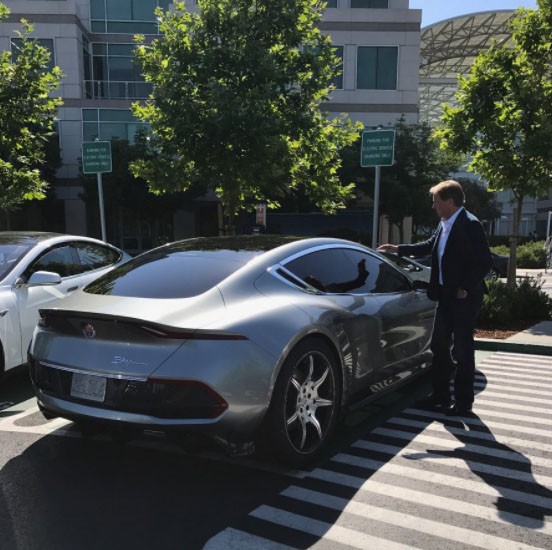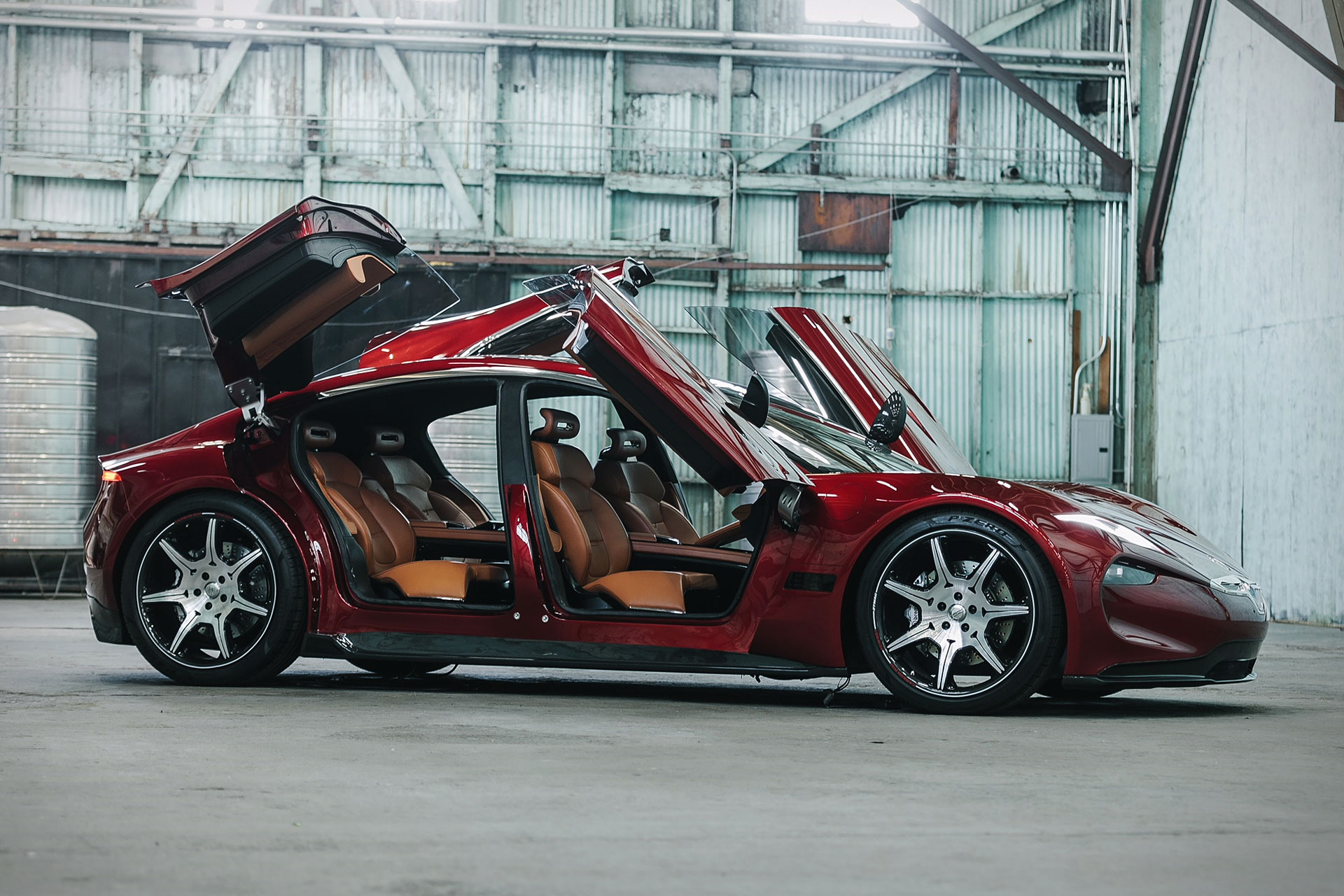

Now, it looks like there’s a second chance for Fisker to make right on the mistakes of the ill-fated Karma, and you won’t find him pulling any punches. The fact that models were constantly burning to the ground didn’t help, either.

The ideas behind it were smart, the design a definite head turner, but from all the promises and hype emerged a car that was too expensive and too unreliable to really make a dent in the hybrid market. It was an innovative take on the whole EV game, but unfortunately, the Karma turned out to be far too complicated for its own good. Way back in 2011, I got a chance to drive the original Karma, and I was immensely impressed. The doors are controlled by your smartphone but also have hidden touch-sensitive handles Just don’t think Tesla will take a challenge from Fisker sitting down – odds are we'll be seeing lots of innovation and development from the California automaker before the EMotion finally hits the road. The Model S completely upended the world of all-electric passenger cars, and it’s now the standard by which all other potential competitors in this space are judged.

Fisker emotion full#
Read the full speculative review 2020 Porsche Mission E0įisker eMotion Debuts with 24-inch Wheels, 400-Mile Range, and Level 4 Autonomous Capability1Ĭlearly, this is the target the EMotion is aiming at.

The EMotion will be sold through Fisker’s website and “forthcoming experience centers.” Fisker also says it’s partnering with The Hybrid Shop, an electric and hybrid-focused service company, to keep customer vehicles in proper working order with a “one-of-a-kind, white glove concierge service, providing Fisker owners a seamless day ‘free of interruption’ for routine maintenance and servicing.” Fisker is currently accepting reservations at $2,000 a pop. Initial deliveries with a traditional lithium-ion power source are set to arrive by the end of 2019. In case you were unaware, VLF Automotive is the collaborative effort of ex-Boeing exec Gilbert Villareal, former General Motors exec Bob Lutz, and Henrik Fisker, with previous offerings including the Force 1 V10 and Destino V8. Thing is, we have yet to see the EMotion actually perform such a feat, so we'll reserve judgment until the systems prove themselves out in the real world. The magic tricks comes courtesy of five integrated Quanergy S3 lidar sensors, which are “Designed to provide the highest level of performance, reliability, durability and dependability required in safety-critical automotive situations.” Basically, these sensors allow the car is able to “perceive” its surroundings and drive itself, and if properly executed, would make the EMotion the most advanced car on the road. Of course, the EMotion's most impressive interior convenience feature is the promise of Level 4 autonomy, which basically means this thing can drive itself. Carbon fiber is used for the center console, and there's a variety of storage bins for passengers' various tablets and mobile devices. There's also inductive charging capability for smartphones, with up to four phones accommodated. So that covers the luxury half of the equation, but what about the future half? To give it all the requisite sci-fi vibes, the EMotion includes a trio of interior screens, including a large curved center screen up front and center. Some of us don't have TV's in our house that big. High on the fenders, we find adaptive LED headlights. The outline is classic Fisker, with hints of the DB9 seen in the shape, while the VLF Force 1 V10 is a clear influence in the cutouts and intakes. Let’s start in front, where we find a chunky, blunt nose that’s sliced and diced with all manner of vents, creases, and swoops. So then – what about all those superfluous features that have absolutely nothing to do with drag coefficient? Because after all, Mr. The shape of the EMotion is supposed to emphasize aerodynamics, just like the Tesla, so in that sense, all Fisker is doing is working from an equation that describes fluid dynamics. The short, stubby overhangs are part of it, as are the bulging fenders, but I think the biggest resemblance is seen in the roofline.īut you know what – I’m gonna give Fisker the benefit of the doubt on this one. It offers a light-weight and economical presence on the roadĪt first blush, I don’t think I’m alone in saying that this thing looks eerily similar to the Tesla Model 3.


 0 kommentar(er)
0 kommentar(er)
